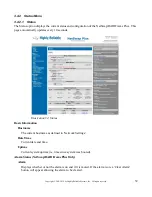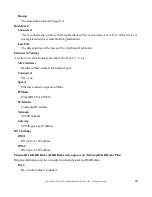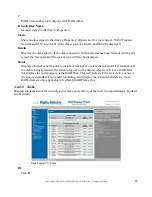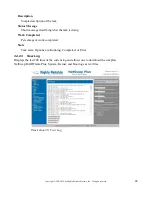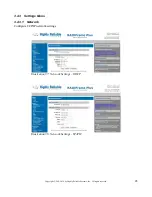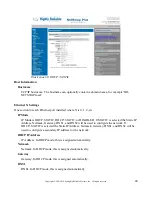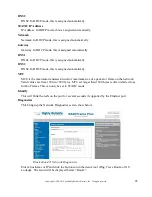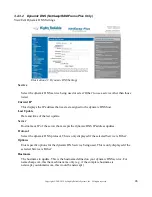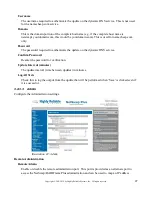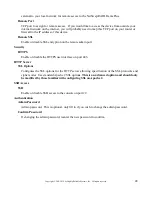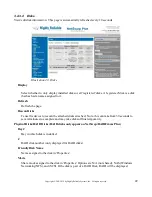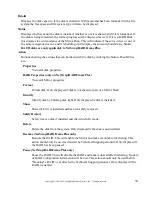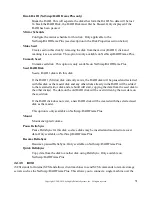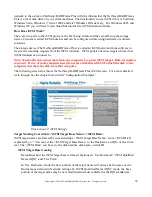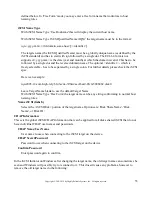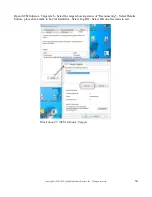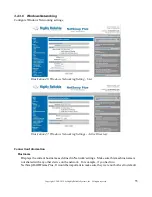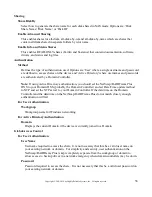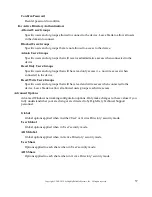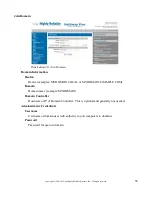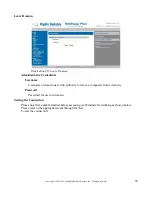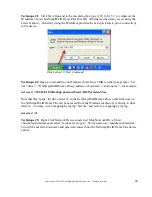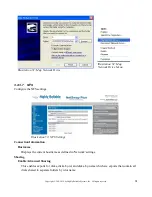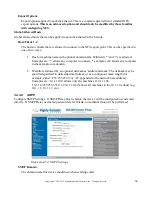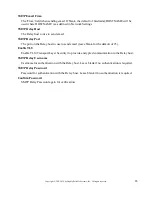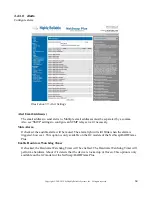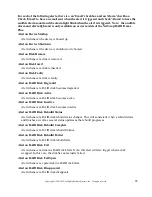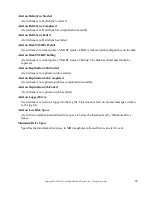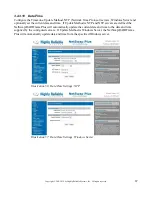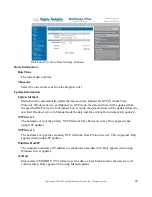
53
Copyright © 2011-2019 by Highly Reliable Systems, Inc. All rights reserved.
defined below. In 'Free Form' mode you may enter a free form name that conforms to host
naming rules.
iSCSI Name Type
With iSCSI Name Type 'Use Hostname' this will display the current host name.
With iSCSI Name Type 'iSCSI Qualified Name (IQN)' the target name must be in the format:
iqn.<yyyy-mm>.<tld.domain.some.host>[:<identifier>]
The targets name (the iSCSI Qualified Name) must be a globally unique name (as defined by the
iSCSI standard) and has to start with iqn followed by a single dot. The EUI-64 form is not
supported. <yyyy-mm> is the date (year and month) at which the domain is valid. This has to be
followed by a single dot and the reversed domain name. The optional <identifier> - which is
freely selectable - has to be separated by a single colon. For further details please check the iSCSI
spec.
Here is an example:
iqn.2003-12.com.high-rely:6143ec4a-3984-4aed-baa9-9fc2e50984b2.disk0
Leave Target Name blank to use the default Target Name.
With iSCSI Name Type 'Free Form' the target name can be any string conforming to normal host
naming rules.
Name iSCSI disks by
Selects the <iSCSI Disk> portion of the target name. Options are: 'Disk Share Name', 'Disk
Name', or 'Disk ID'.
CHAP Information
This sets the global iSCSI CHAP Information that can be applied for all disks shared iSCSI that do not
have individual CHAP user names and passwords.
CHAP Name/User Name
User name to use when connecting to the iSCSI target on the device.
CHAP Secret/Password
Password to use when connecting to the iSCSI target on the device.
Confirm Password
Enter password again to confirm.
In the iSCSI Initiator on Windows after changing the target name, the old target name can sometimes be
seen and Windows will possibly try to reconnect to it. This doesn't cause any problems, however to
remove the old target name do the following:

